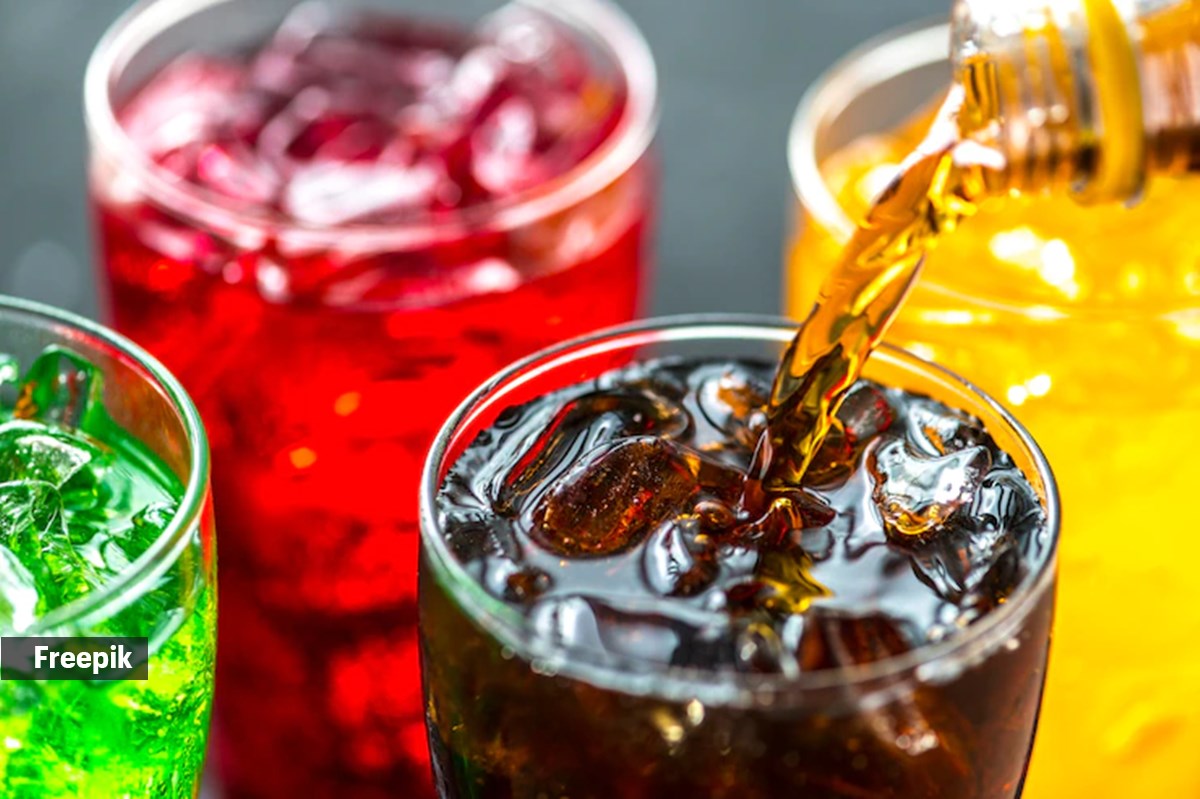[ad_1]
Aspartame, one of the world’s most common artificial sweeteners, is set to be declared a possible carcinogen this month by a leading global health body. The International Agency for Research on Cancer (IARC), the cancer research arm of the World Health Organization (WHO), will list aspartame as “possibly carcinogenic to humans” for the first time in July, as per a Reuters report on June 29.
“Following this, the joint FAO/WHO Expert Committee on Food Additives will update its risk assessment exercise on aspartame, including the reviewing of the acceptable daily intake and dietary exposure assessment for aspartame,” IARC said in a statement.
Lakshmi, Senior Dietician, Kamineni Hospitals, Hyderabad said, “Aspartame is an artificial sweetener used as a sugar substitute in various food and beverage products. It is made by combining two amino acids: aspartic acid and phenylalanine”.
“Several concerns have been raised regarding the safety of aspartame, but it is crucial to separate fact from fiction. The most common allegations against aspartame include links to cancer, neurological disorders, and weight gain,” she added.
However, she stressed it is important to evaluate these claims in light of scientific research.
Ishit Pilani, Co-Founder, Organic Roots, said aspartame must be consumed within limits set by authorities. “There have been concerns related to weight gain due to excessive use of artificial sweeteners in products and most recently, it being a possible carcinogen,” said Pilani.
What products is it used in?
 Many diet soft drinks and carbonated beverages use aspartame to provide sweetness without the added calories of sugar. (Source: Freepik)
Many diet soft drinks and carbonated beverages use aspartame to provide sweetness without the added calories of sugar. (Source: Freepik)
Aspartame is used as a sweetener in a wide range of beverage products. “It can be found in diet sodas, sugar-free chewing gum, yoghurt, tabletop sweeteners, low-calorie desserts, and many other processed foods labelled as ‘sugar-free’ or ‘diet’,” said Lakshmi.
According to Pilani, these are the products that may contain aspartame:
*Diet sodas and carbonated beverages: Many diet soft drinks and carbonated beverages use aspartame to provide sweetness without the added calories of sugar.
*Sugar-free or low-calorie desserts: Aspartame is often used in sugar-free or reduced-calorie desserts such as puddings, gelatin, ice cream, and yoghurt.
*Chewing gum and mints: Aspartame is commonly used in sugar-free chewing gum and breath mints to provide a sweet flavour without the need for sugar.
*Tabletop sweeteners: Some brands of tabletop sweeteners, which are used as a sugar substitute in beverages or for sprinkling on food, contain aspartame.
*Breakfast cereals and snack bars: Aspartame can be found in certain types of breakfast cereals and snack bars marketed as low-sugar or diet options.
*Pharmaceuticals: Aspartame is also used in some pharmaceutical products, such as chewable tablets or syrups, to improve taste or provide a sweet flavour.
How long has aspartame been used in food and drinks?
Aspartame was first approved for use as a food ingredient in the United States in 1981 by the US Food and Drug Administration (FDA). “Since then, it has been used as a sweetener in a wide range of food and beverage products. Therefore, aspartame has been in use for over four decades,” said Pilani.
Lakshmi said, “Its use became prevalent due to its high sweetness intensity, low-calorie content, and ability to mimic the taste of sugar. Over the years, extensive research and regulatory scrutiny have been conducted to evaluate its safety, resulting in the establishment of guidelines for its use in food and beverages”.
Is there an alternative?
For those who would want to avoid aspartame, there are other artificial sweeteners available. According to Lakshmi, some common alternatives include sucralose, saccharin, and stevia.
“These sweeteners offer varying levels of sweetness and may have different taste profiles. It is important to note that each sweetener has its own regulatory guidelines and potential considerations for specific health conditions,” she noted, adding people must consult a healthcare professional or registered dietitian for personalised recommendations.
How much aspartame is safe?
Regulatory authorities have established acceptable daily intake (ADI) levels for aspartame, which represents the amount that can be safely consumed every day over a lifetime without adverse effects. ADI is typically expressed in milligrams per kilogram of body weight (mg/kg bw).
Here are the ADI levels established by different regulatory authorities:
*US FDA: It has set the ADI for aspartame at 50 mg/kg bw per day.
*European Food Safety Authority (EFSA): EFSA has established an ADI for aspartame at 40 mg/kg bw per day.
Pilani said, “It’s important to note that the ADI levels are set with a considerable margin of safety to account for individual variations in consumption patterns and to ensure the safety of even more sensitive individuals, such as children and pregnant women”.
📣 For more lifestyle news, follow us on Instagram | Twitter | Facebook and don’t miss out on the latest updates!
[ad_2]









